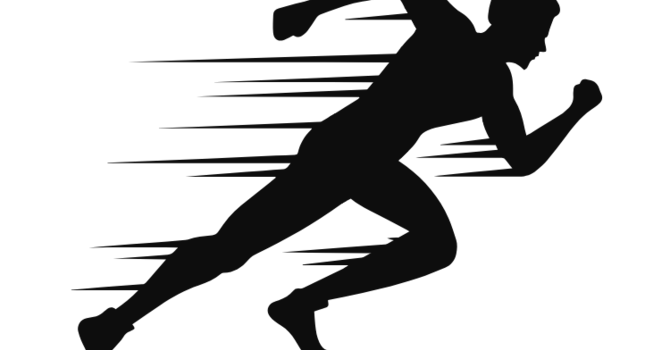
When we experience muscle pain or tendon injuries, the first instinct or recommendation for many is to rest. After all, taking a break from physical activity seems like the most logical way to avoid further damage. However, the idea that complete rest is always beneficial for muscle and tendon recovery is actually a misconception. In some cases, not using the muscles and tendons appropriately can do more harm than good.
The Importance of Movement in Recovery
- Muscles and tendons are designed to be flexible and adaptable. They require regular, controlled movement to maintain their health and functionality. Prolonged rest or immobilization can lead to muscle atrophy (weakening of the muscle) and tendon stiffness. This results in a prolonged recovery period or even long-term damage to the tissue.The body’s natural healing process often involves microtears and rebuilding, and this can’t happen effectively if the muscles and tendons are not stimulated in some way. Light, controlled activity can promote blood circulation, which is vital for transporting the nutrients necessary for healing. It also helps maintain the flexibility and strength of the tissue, reducing the risk of further injury.
Tendon Pathology and Resting: A Complicated Relationship
- Tendon injuries, such as tendinitis or tendinopathy, can cause inflammation and pain. Tendons are particularly vulnerable to overuse injuries due to their relatively poor blood supply, making recovery a slow process. However, completely resting a tendon for extended periods can have negative effects, particularly for chronic tendon injuries.When a tendon is not used, it can become stiff and lose its ability to function effectively. In the case of chronic tendinopathy, research has shown that rest alone is insufficient to promote healing. Instead, a gradual loading process (controlled exercise that stresses the tendon) is often recommended. This helps stimulate collagen production, strengthening the tendon fibers and improving their ability to withstand future stresses.Inadequate loading or immobilization can lead to tendon degeneration, making it even harder to recover in the long term. The tendon tissue can become less elastic and more prone to tears and further injury. Instead of complete rest, therapy that involves progressive rehabilitation exercises is often far more effective in treating tendon pathologies.
The Role of Physiotherapy in Muscle and Tendon Recovery
- Physiotherapists or Rehab based Chiropractors specialize in designing rehabilitation programs that provide the right balance of activity and rest. A structured program of exercises can help to rebuild muscle strength and tendon flexibility, preventing long-term dysfunction and recurrence of injury. The key is to start with low-intensity movements and gradually increase the load as the tissue heals.Other therapies such as massage, stretching techniques or dry needling can also help promote healing by improving blood flow to the affected area. These techniques work to relax tight muscles and release adhesions in the tendons, helping to restore normal movement patterns.
The Dangers of Over-Resting
- One of the risks of over-resting muscles and tendons is that it can create a cycle of weakness. If you avoid using a muscle for too long, it can become more prone to injury when you do attempt to use it again. This is particularly true for athletes who may think that resting will allow them to return to sport with no problems, but then find themselves reinjuring the same muscle or tendon due to weakness and decreased mobility.Furthermore, prolonged rest can lead to changes in the neuromuscular system. The body’s ability to activate muscles and tendons correctly diminishes without practice. This can affect coordination, balance, and overall movement efficiency, increasing the likelihood of further injury when activity is resumed.
Finding the Right Balance
- The key takeaway is that complete rest is not always the best approach for healing muscles and tendons. A balanced approach that includes appropriate rest, gradual movement, and targeted rehabilitation exercises can accelerate the recovery process. Consulting a rehabilitative provider is crucial to determine the appropriate course of action for your specific injury.In many cases, it’s not the act of resting that promotes healing, but the combination of controlled activity, therapeutic interventions, and adequate recovery time that helps restore muscle and tendon function. So, the next time you’re dealing with muscle or tendon pain, remember that rest alone might not be the solution—getting back to the right kind of movement can be the key to a speedy and full recovery.
Dr. Cameron Johnson
Contact Me


